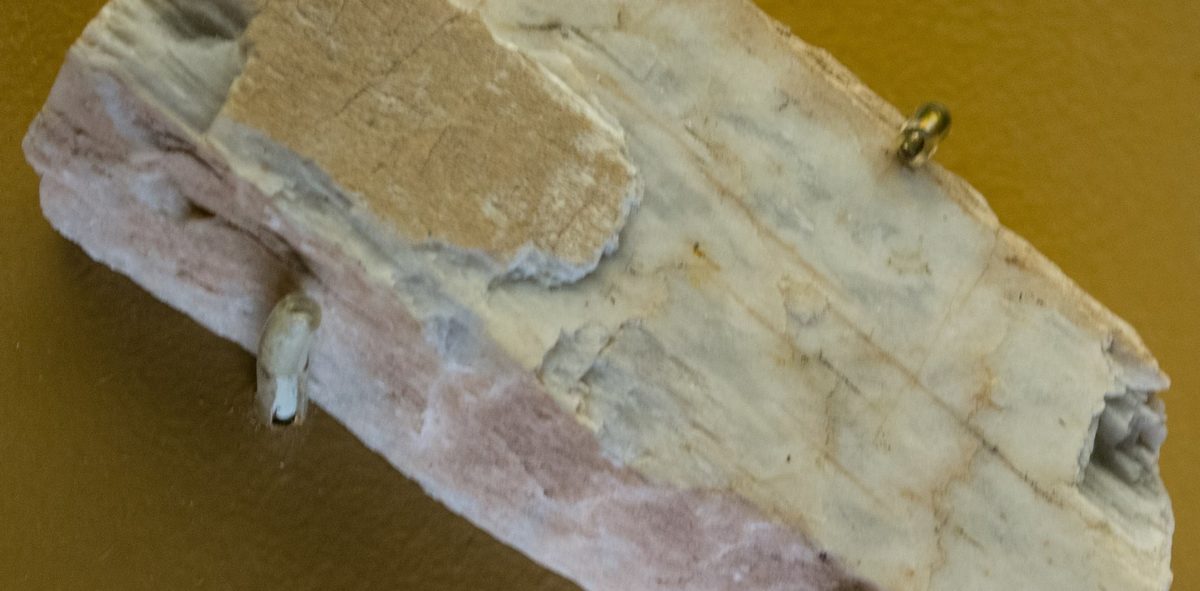India needs to carefully craft its import strategy to circumvent potential trade risks while balancing international ties for procuring minerals critical to accelerating its energy transition, states a new report by the Institute for Energy Economics and Financial Analysis (IEEFA).
The report examines five critical minerals (and their compounds) – cobalt, copper, graphite, lithium and nickel – for import dependency, trade dynamics, domestic availability and global price fluctuations. It finds that India remains largely dependent on imports for these minerals and their compounds, with 100% import dependency for minerals like lithium, cobalt and nickel.
Further, the report notes that the demand for critical minerals is expected to more than double by 2030, while domestic mines will take more than a decade to start producing.
“India should strive to de-risk its critical minerals sourcing by identifying new international resources and expediting domestic production. A concerted effort to partner with and foster bilateral relations with mineral-rich nations should be a priority for India,” says the report’s co-author Charith Konda, Energy Specialist, IEEFA.
“The country can also explore investment opportunities in resource-rich, friendly nations, such asAustralia and Chile, as well as African countries like Ghana and South Africa,” he adds.
Regarding specific minerals, the report identifies synthetic graphite and natural graphite as ones that need a policy intervention to diversify procurement sources.
“For both variants of graphite, India depends heavily on China. Mozambique, Madagascar, Brazil, and Tanzania are some countries with the highest graphite production. As part of the Global South cooperation initiatives, these countries could be favourable partners for India for graphite trading,” says the report’s co-author Kaira Rakheja, Energy Analyst, IEEFA.
India is also highly import-dependent for copper cathodes and nickel sulphates, from just two countries – Japan and Belgium. The report suggests India could look at the U.S., the fifth largest producer of copper in the world, to diversify its suppliers and enhance supply security.
The demand for critical minerals is expected to more than double by 2030, while domestic mines will take more than a decade to start producing
For minerals like lithium oxide and nickel oxide, the dependency is low on one country, but overall imports largely come from Russia and China, both countries with potential trade risks.
“Developing domestic lithium refining capacity will help India integrate with the global lithium supply chain,” says Rakheja.
The report also notes the significant efforts that the Indian government is making to bolster domestic production of critical minerals with the auctions by the Ministry of Mines and the planned Critical Minerals Mission.
“The critical minerals mining block auctions can serve as an opportunity for India to focus on building refining and processing capabilities to emerge as a global value-adding hub,” says Rakheja.
“Government support in the form of viability gap funding and technology development will help promote such auctions and ultimately the domestic production of critical minerals. A stable supply of critical minerals is imperative for India to achieve its renewable energy goals,” says Konda.
This content is protected by copyright and may not be reused. If you want to cooperate with us and would like to reuse some of our content, please contact: editors@pv-magazine.com.









4 comments
By submitting this form you agree to pv magazine using your data for the purposes of publishing your comment.
Your personal data will only be disclosed or otherwise transmitted to third parties for the purposes of spam filtering or if this is necessary for technical maintenance of the website. Any other transfer to third parties will not take place unless this is justified on the basis of applicable data protection regulations or if pv magazine is legally obliged to do so.
You may revoke this consent at any time with effect for the future, in which case your personal data will be deleted immediately. Otherwise, your data will be deleted if pv magazine has processed your request or the purpose of data storage is fulfilled.
Further information on data privacy can be found in our Data Protection Policy.